Our Most Popular Articles
- What Are Heat Resistant Gloves Made of? The Answer Will Surprise You!
- Can You Put Rubber Gloves in the Dryer? How to Dry Properly?
- What Are Welding Gloves Made Of? – Welding Gloves Material
Categories
Discover Our Latest Articles
- How to Clean Suede Shoes With Household Products: 5 Steps
- Where Are Wells Lamont Gloves Made? – Things to Know
- How to Fix Heel Slippage in Cowboy Boots – 7 Effective Ways
- What Are Butyl Gloves Made of? Everything You Need to Know!
- What Are Cut Resistant Gloves Made of? – Things to Know
- What are Nitrile Gloves Used for? Everything About Nitrile Gloves
- Can Steel Toe Boots Cause Foot Problems? Here’s the Answer!
- Alloy Toe vs Steel Toe: Your Guide in Deciding What to Buy
- How to Break in Work Boots – Easy Way You Can Try at Home
- How to Safely Take Off Gloves? – 2 Most Safety Methods
- The Best Tool Belts for Cable Tech to Makes Your Tools Manageable
- How to Stop Shoes From Rubbing the Back of Your Ankle? – 5 Useful Tips
- How to Get Gasoline Smell Out of Gloves? – Most Effective Way
- The Best Prescription Safety Glasses
- How to Clean Leather Gloves Inside? (2 Easy Methods)
- How to Soften Leather Work Gloves?
Personal Protective Equipment Reviews
There’s always a lot happening in construction and it is a very fascinating industry. How magical can it get taking two-dimensional plans, or plans that exist as 3D virtual renderings, and building them in the true third dimension? Most people today seldom get a chance to do that!
This blog is a place to find information and participate in free-spirited discussions about building structures and the things that makeup the built environment. I hope you find it is useful.
What People Are Saying About Us?
I believe that is one of the so much significant information for me.
And I am glad studying your article. However wanna statement on some general things. The website style is wonderful, the article is in point of fact excellent. Just right task, cheers
– Samuel
Thanks for this helpful review. I am looking for a helmet that do only help to weld accurately and also protect my eyes.
But I am confused which one I should buy as the marketplace is full with a lot of options. I have found your review that helps me to choose the best one.
– Paul

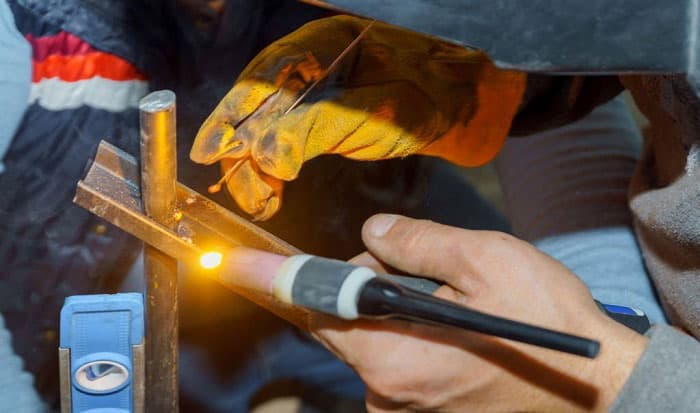
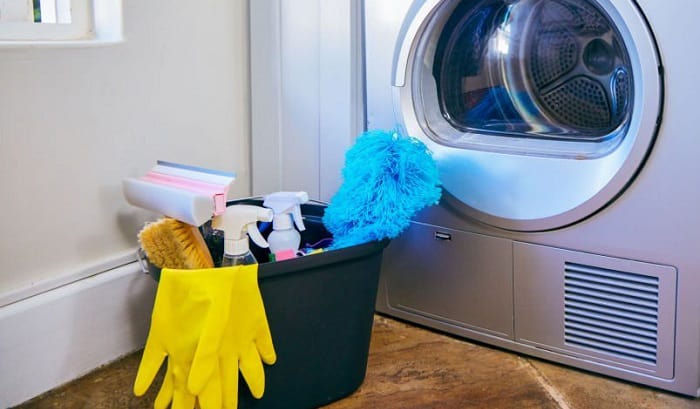
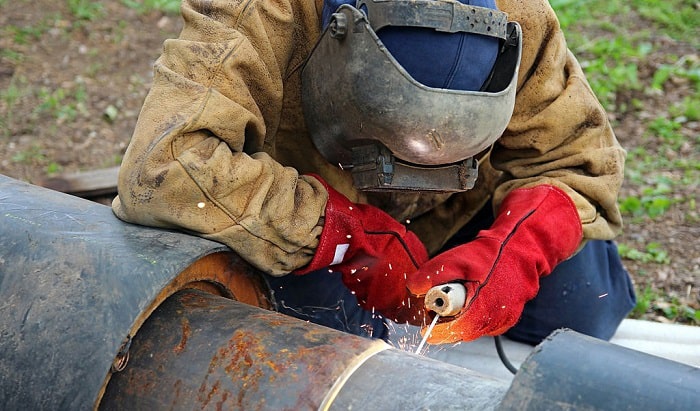
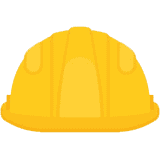

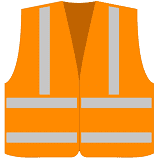


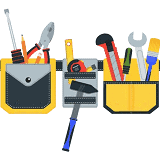






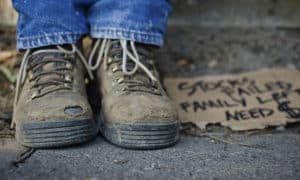
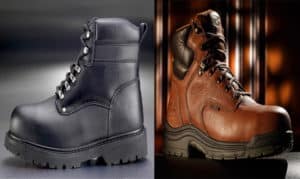




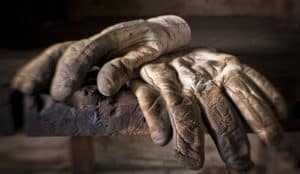
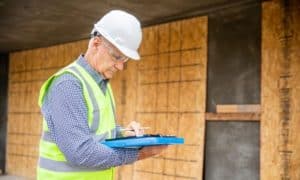
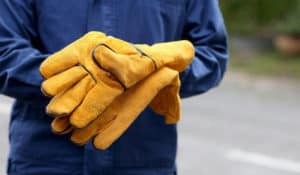

Nice post. I used to be checking constantly this blog and I am impressed!
Very useful information specifically the final part. I deal with such information a lot. I used to be looking for this particular information for a very lengthy time.
Thanks and good luck.
– Bob